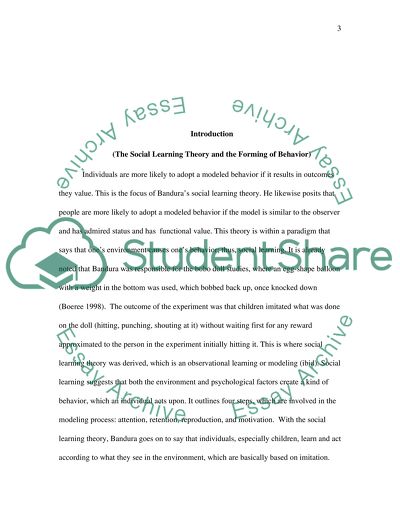Cite this document
(“Social Learning Theory and Role Model Essay Example | Topics and Well Written Essays - 2250 words”, n.d.)
Retrieved from https://studentshare.org/miscellaneous/1546036-social-learning-theory-and-role-model
Retrieved from https://studentshare.org/miscellaneous/1546036-social-learning-theory-and-role-model
(Social Learning Theory and Role Model Essay Example | Topics and Well Written Essays - 2250 Words)
https://studentshare.org/miscellaneous/1546036-social-learning-theory-and-role-model.
https://studentshare.org/miscellaneous/1546036-social-learning-theory-and-role-model.
“Social Learning Theory and Role Model Essay Example | Topics and Well Written Essays - 2250 Words”, n.d. https://studentshare.org/miscellaneous/1546036-social-learning-theory-and-role-model.


